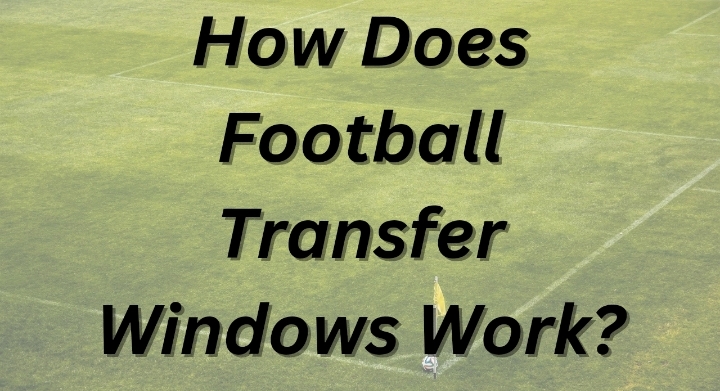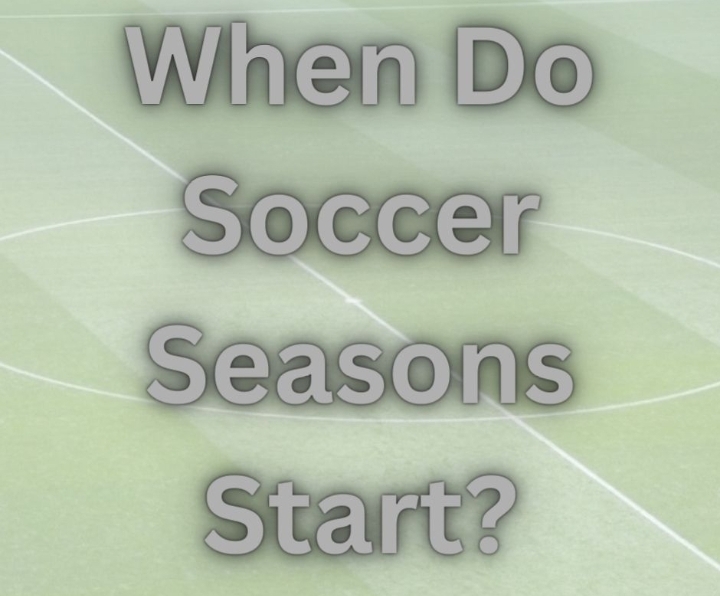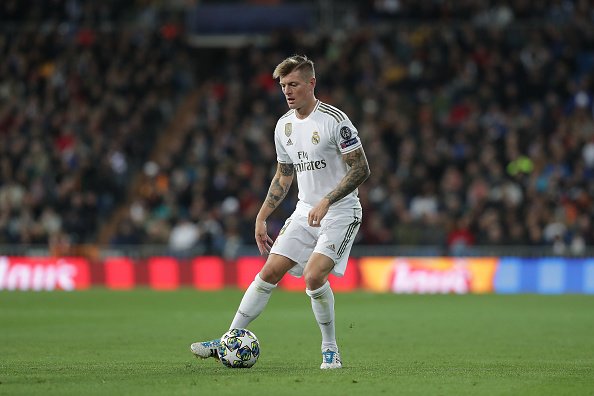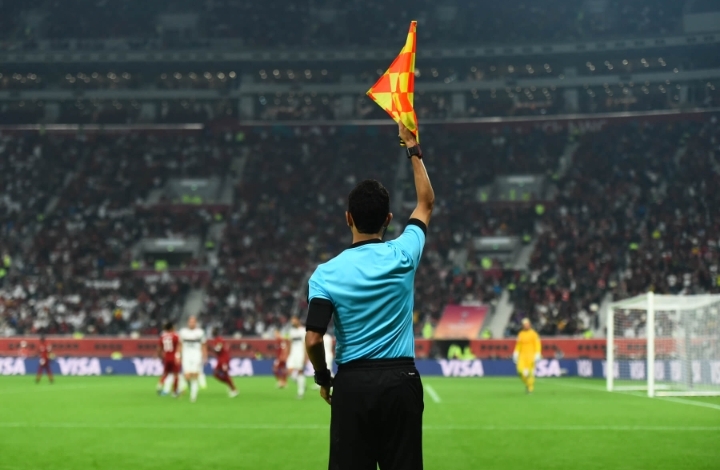The Complete Guide to Football Transfer Windows: Rules, Deadlines & How Deals Work
The summer transfer window is an exciting time for football fans as clubs look to bolster their squads with new signings. But how exactly do these football transfer windows work, and when can deals take place?
What Are Football Transfer Windows?
Football transfer windows refer to the set periods in the year when clubs are permitted to register new players who are contracted from other teams. Outside of the transfer windows, clubs are generally not allowed to sign players.
Transfer windows have become an integral part of the football landscape. They are designed to create more balance and stability across leagues, preventing teams from making transfers throughout the entire season.
The transfer window system means that transfers can only take place during the summer and winter windows each year. The exact transfer window dates can vary slightly by league and country, but they generally follow a consistent schedule.
- Transfer windows open and close on pre-determined dates.
- Deals can only be completed while the window is open.
- The summer window lasts around 12 weeks.
- The winter window lasts around 4 weeks.
- Transfers outside windows are prohibited except on rare occasions.
The transfer window structure means clubs need to plan strategically when acquiring and selling players. Let’s look closer at when these all-important transfer windows open and close.
When Do Transfer Windows Open & Close?
The football calendar revolves around the opening and closing of the summer and winter transfer windows. Here is an overview of the key dates:
Summer Transfer Window
- Opens: The summer window usually opens sometime in May or June, depending on the league.
- Closes: The summer window closes at the end of August or early September, just as the new season gets underway.
- Length: The summer window lasts around 12 weeks in total.
Winter Transfer Window
- Opens: The winter window opens on January 1st each year.
- Closes: This shorter window typically closes on January 31st.
- Length: The winter window only lasts around 4 weeks.
The exact transfer window dates can vary slightly depending on the league and country. Here are some key deadlines:
- Premier League (England): Early September and January 31
- La Liga (Spain): September 1 and January 31
- Serie A (Italy): August 31 and January 31
- Bundesliga (Germany): August 31 and January 31
Clubs eagerly anticipate the opening of each transfer window to bolster their squad. But why do these strict transfer windows exist in football?
Why Does Football Transfer Windows Exist?
Football transfer windows have become the norm across leagues and confederations worldwide. But why does this system exist?
There are several key reasons football authorities have implemented transfer windows:
Create Competitive Balance – Transfer windows help prevent wealthy clubs from buying up all the top talent and strengthening their squad mid-season. It aims to create more parity across the league.
Squad Stability – By locking down transfers during the season, the system allows squads stability to gel and reduces disruption from player departures and arrivals.
Excitement for Fans – Transfer windows create a feverish period of speculation and activity for fans to enjoy, rather than year-round deals.
Control Spending – Concentrating transfers into windows gives clubs more control over their spending and prevents panic buys outside designated periods.
While controversial at first, transfer windows have now become universally adopted across European leagues and around the world. But what exactly happens during these transfer window periods?
How Do Transfers Work During Windows?
The transfer window period sees a flurry of negotiations, medicals, and paperwork as clubs seek to finalize deals. Here is an overview of how transfers work:
Transfer Fee Agreed – The buying and selling clubs first agree on a transfer fee that is suitable for both parties. This can involve lengthy negotiations.
Personal Terms – Once a fee is settled, the player must then agree on personal terms with their new club including their contract length, wages, bonuses, and other benefits.
Medical Examination – The player undergoes thorough medical tests to ensure they are fit to play. Issues can sometimes be uncovered that prevent the transfer.
Paperwork Finalized – All the transfer paperwork must be completed and submitted to the football authorities before the window closes. Deals can fall through if the paperwork is late.
Announcement – Once fully finalized, the transfer is officially announced by both clubs.
There is a lot of work that goes on behind the scenes to turn transfer rumors and speculation into official deals.
Some key notes about transfer payments:
- Transfer fees are usually paid in installments over time.
- Additional fees are often included for specific performance milestones.
- The selling club sometimes keeps a percentage of any future sale.
Now that we’ve covered permanent transfers between clubs, what other types of deals can occur during transfer windows?
Types of Transfers & Deals
While permanent transfers are the most common, other types of transfers and deals can occur during the transfer windows:
Loan Deals
Rather than a permanent sale, clubs can loan a player to another team temporarily. This usually involves:
- An agreed loan fee
- The new club covers the player’s wages
- A recall clause allowing the parent club to recall the player
- An option or obligation for the club to buy the player permanently
Loans give clubs flexibility to strengthen their squad without major outlay. It also allows players to gain experience and playing time.
Free Agent Signings
Out-of-contract players, also known as free agents, can sign for new clubs even outside the transfer windows. However, they cannot play in competitive matches outside registration periods except in extenuating circumstances. Free agents provide a valuable way for clubs to pick up released players.
Bosman Transfers
Based on the landmark Bosman ruling, players out of contract can join a new club without a transfer fee paid. This is common for high-profile free agents changing teams.
For the most part, major transfers will occur within the summer or January transfer windows. But what happens outside these windows when transfers are restricted?
Transfers Outside Windows
While the transfer windows allow a frenzy of activity, normal transfer registration is severely restricted outside these periods.
Transfers Banned – Clubs cannot normally sign players from other clubs outside the transfer windows except in special exemption cases.
Loan or Free Agent Signings – While rare, loans or free agent deals may occasionally be approved, especially for goalkeepers.
Youth Transfers – There are separate rules for transfers of youth players that provide more flexibility.
Appeals – Clubs can appeal for special exemptions but they are rarely granted.
The purpose of banning transfers outside windows is to provide stability and prevent clubs from constantly strengthening their squads.
While major signings don’t occur outside transfer windows, there are some special cases where transfers may be allowed:
Emergency Goalkeeper Loans
Leagues sometimes allow emergency short-term loans for goalkeepers outside windows to cover injuries, suspensions, or crises. These are typically restricted to a few appearances.
Contract Extensions
Players can still sign new contract extensions with their current club outside transfer windows to renew their terms.
The limited exceptions prove the rule that transfers overwhelmingly occur only during the summer or winter transfer windows. Clubs must strategically build their squads accounting for these restrictions.
In summary, the football transfer window system has now been widely adopted to regulate when player transactions can occur across the season. But how did transfer windows first come about?
How Did Transfer Windows Come About?
The football transfer window system has its origins in reforms brought about in the early 2000s to improve competitive balance and financial stability.
Rising Transfer Fees – The 1990s saw transfer fees inflate rapidly as the game’s commercialization accelerated.
Rich Club Domination – Wealthy clubs could strengthen their squad by purchasing top players mid-season.
Premier League Adoption – The English Premier League first introduced a transfer window system starting in the 2002/03 season.
UEFA Recommendation – UEFA pushed leagues to adopt a more coordinated transfer window system across Europe.
Wide Acceptance – By the mid-2000s, a uniform transfer window approach was adopted across European leagues.
While controversial initially, transfer windows are now universally accepted as an integral component regulating the transfer market. It aims to encourage longer-term planning and strategy rather than reactionary spending outside defined periods.
Conclusion
In summary, football transfer windows are set periods where player transfers can officially take place. The summer window lasts around 12 weeks, while the shorter winter window lasts around 4 weeks. Transfers generally do not occur outside these defined windows except in special exemption cases.
Transfer windows intend to create financial stability for clubs while providing an exciting frenzy of transfer speculation for fans during the summer and winter periods. Within the windows, transfers involve extensive negotiations between clubs and players to complete deals in time before the deadline closes.
Related Post: What Is a Hat Trick in Soccer?
How Long is a Soccer Game? A Detailed Breakdown of Match Times
Author






